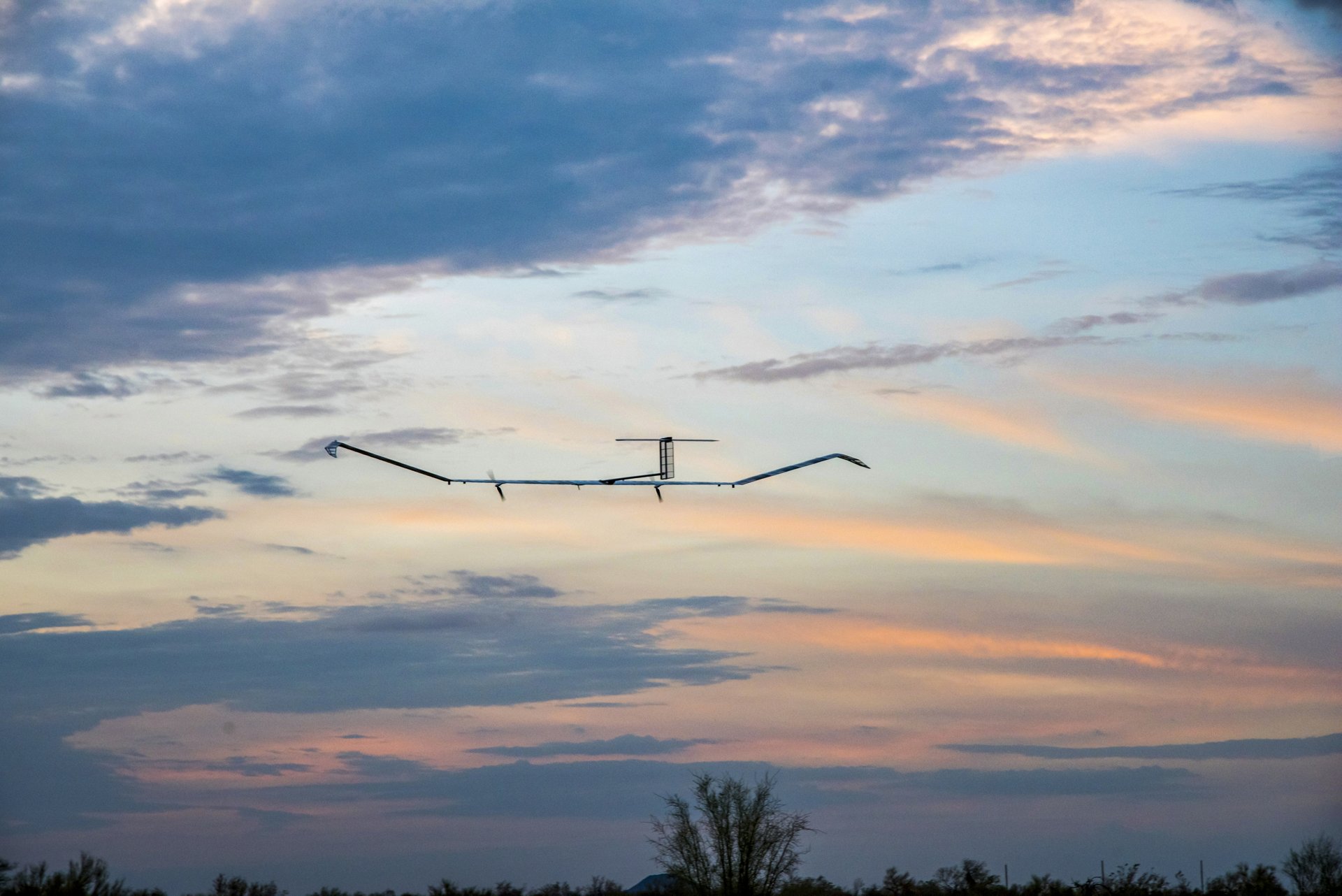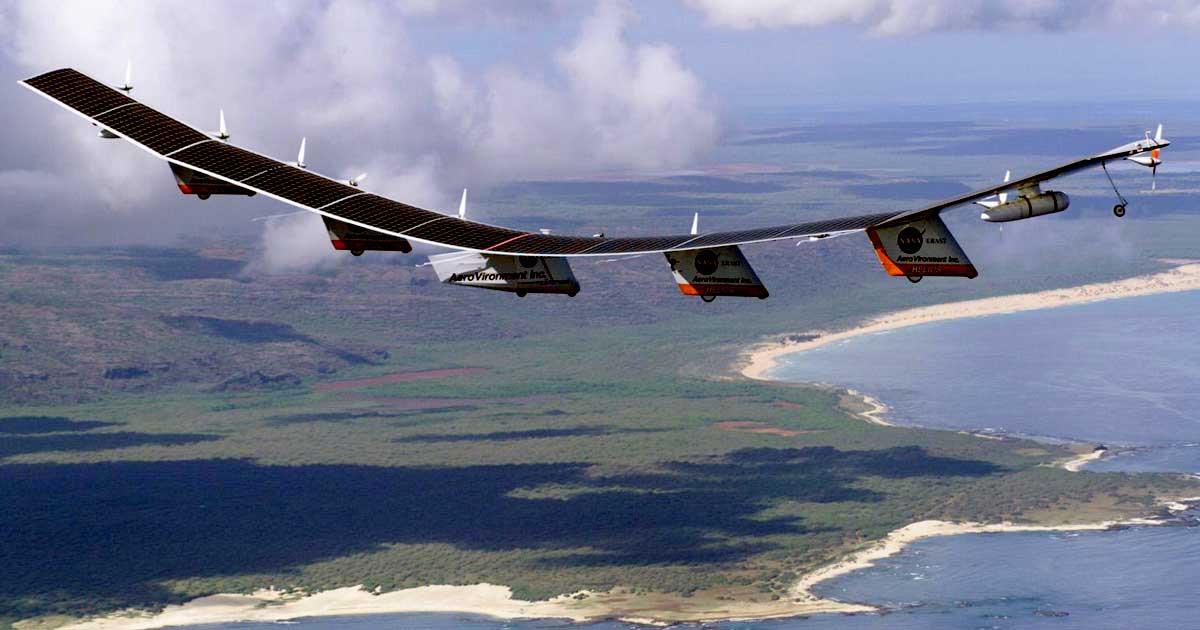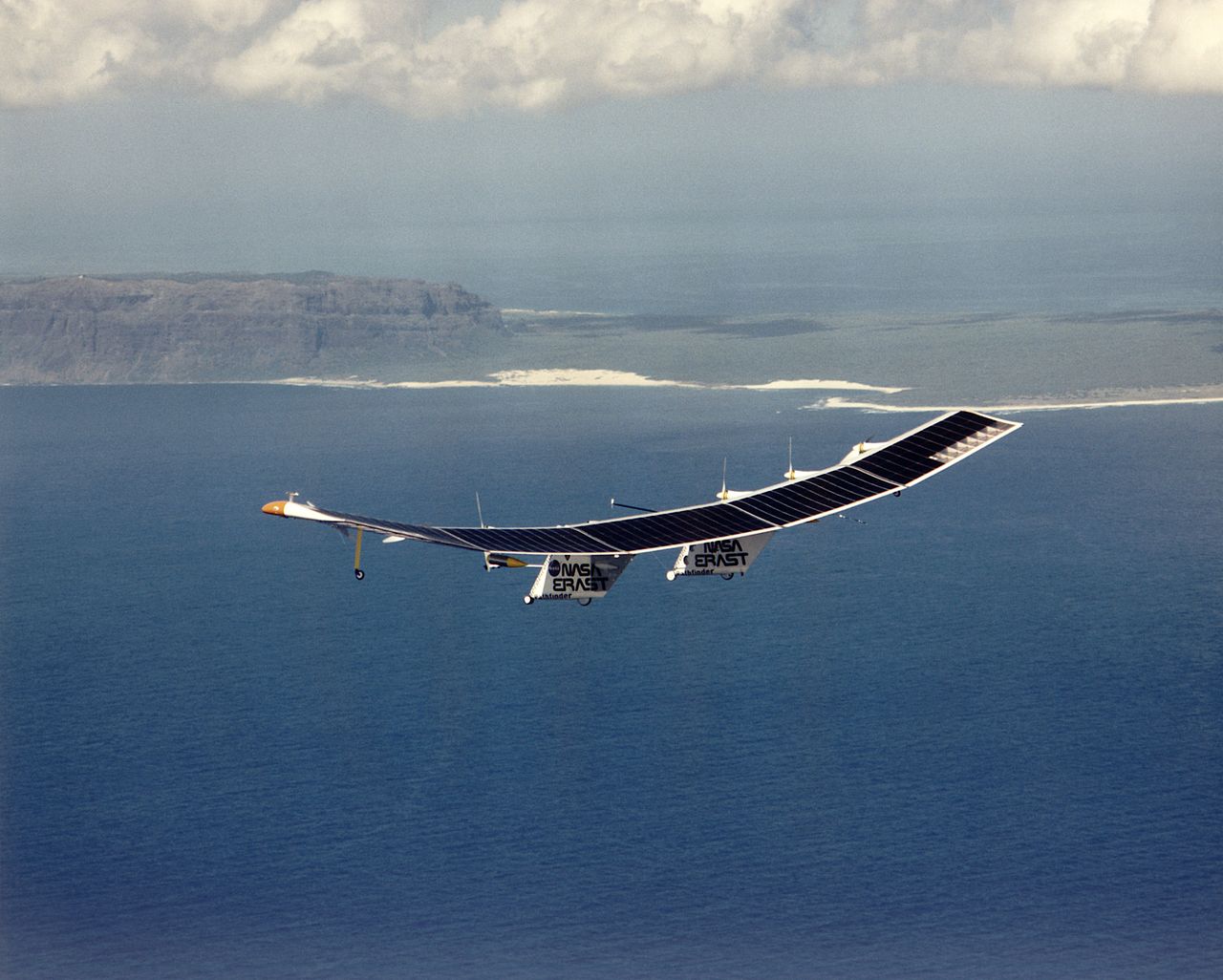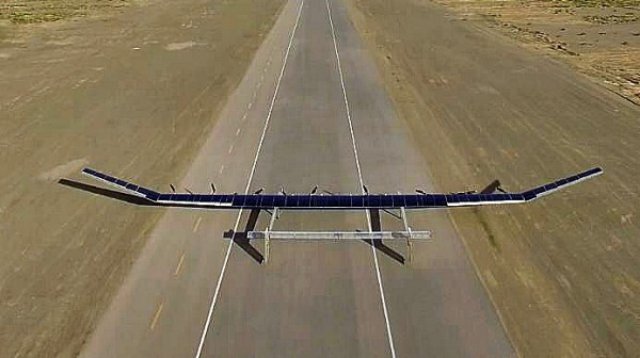DEAR FRIENDS. IF YOU LIKE THIS TYPE OF ANALYTICAL CONTENT, SUPPORT OUR WORK:
PayPal: southfront@internet.ru
Donation alerts: https://donationalerts.com/r/southfront
Gumroad: https://gumroad.com/southfront
Or via: http://southfront.org/donate/ or via: https://www.patreon.com/southfront,
BTC: 3Gbs4rjcVUtQd8p3CiFUCxPLZwRqurezRZ,
BCH ABC: qpf2cphc5dkuclkqur7lhj2yuqq9pk3hmukle77vhq,
ETH: 0x9f4cda013e354b8fc285bf4b9a60460cee7f7ea9
PHASA-35
At the beginning of 2020, in Australia, at the Woomera training ground, tests were conducted of the PHASA-35 unmanned aerial vehicle (UAV) equipped with a solar-electric power plant. It was developed by specialists from the British corporation BAE Systems and its Prismatic Ltd., with support from the Australian Defense Science and Technology Organization (DSTG) and the British Defense Science and Technology Laboratory (DSTL).
https://www.youtube.com/watch?v=ddg-6M_0xlo
The PHASA-35 is an UAV with a wingspan of 35 m and is designed for flights at an altitude of up to 21 km and is capable of carrying up to 15 kg of payload (PN). According to BAE Systems, the UAV will be able to fly in the stratosphere for approximately a year, which turns it into an intermediate link between aircraft and satellites. The UAVs payload can serve various purposes such as reconnaissance systems, navigation, scientific equipment, or radio communications relay systems can be used. It can be used for both commercial and military purposes. The range of valuable applications includes forest fire detection and maritime surveillance.
As a High Altitude Long Endurance (HALE) vehicle, the PHASA-35 is powered by the Sun during the day and by batteries overnight. The long-life battery and highly efficient solar technology could allow the aircraft to maintain flight for up to a year operating in the stratosphere, the upper regions of the Earth’s atmosphere.
The design and construction of the aircraft took 20 months. According to BAE Systems, the tests confirmed its performance. The next test flight, PHASA-35, is scheduled for late 2020.
Zephyr-S
In 2018, the Zephyr-S UAV, developed by the European Airbus corporation, set a record for continuous flight time for vehicles in its category. The drone lasted in the air for 25 days 23 hours and 57 minutes. Its mass is 75 kg, its wingspan is 25 m. This UAV has already been launched into mass production. According to media reports, three such UAVs were acquired by the British Ministry of Defense.
Hawk-30
Another project in the field of high-altitude unmanned aerial vehicles is the Hawk-30, developed by the American company AeroVironment with the participation of the Japanese telecom operator Softbank. The Hawk-30 is designed to provide communications and is capable of flying without interruption for six months at an altitude of about 20 km.
Pathfinder
One of the first solar-powered vehicles was the American Pathfinder (NASA Pathfinder) with a wingspan of 75 m, which set a record for 2001 in terms of lift height among winged aircraft without jet engines – 29.5 km.
Odysseus
A branch of Boeing Corporation, Aurora Flight Sciences, is currently working on its UAV called Odysseus. It was planned that the first tests of the drone will take place in April 2019, but the flight was delayed. Odysseus will be designed to study the Earth’s atmosphere. Its wingspan is 74.1 m, payload weight is 25 kg. It will be able to climb to a height of more than 20 km and maintain a flight for three months.
Stratobus
Earlier, the French-Italian company Thales Group presented the autonomous airship Stratobus. The UAV will be able to work for 5 years at an altitude of 20 km and can carry a payload of up to 250 kg. The length of the airship is 140 m. It can be used to monitor objects on land and at sea, to protect the environment and relay communication signals. Its tests are scheduled for 2022.
Specialists of the Tales-Alenia consortium announced the successful completion of static mechanical tests of the first full-scale photovoltaic modules specially designed for this UAV. Each individual solar module contains an array of solar cells with an efficiency of more than 24 percent.
For full autonomous operation, the airship must remain motionless in one position and withstand winds at speeds up to 90 km/h. The UAV is to be equipped with 1,000 m2 of solar panels, which will cover a quarter of its shell area and provide the power needed for four electric motors, an energy storage system and the functioning of the target equipment.
CH-T4 UAV
Finally, in 2017, the CH-T4 UAV was tested in China, during which the aircraft reached a height of 20 km. Wingspan CH-T4 40 m, maximum take-off weight 450 kg. The main components of the structure are made of carbon fiber. The drone is driven by eight propellers driven by an electric motor, which can provide a flight speed of up to 200 km/h.
According to Jeffrey Lin and P.W. Singer from the Easter Arsenal blog, CH-T4 is an impressive combination of big and light. The drone’s wingspan is around 130 feet, which is wider than a Boeing 737. At the same time, the CH-T4 only weighs between 880 and 1,100 pounds. By way of comparison, Boeing 737’s lowest typical operating empty weight is over seventy thousand pounds, and its maximum gross takeoff weight can reach as high as 170,000 pounds. Besides being slender, the CH-T4’s lightness is due to its carbon fiber and plastic components.
MORE ON THE TOPIC:













?
I best there’s no chance these vehicles will see a civilian application like providing mobile phone coverage when bushfires destroy the relay towers in Oz.
can only imagine how many tax dollars are being burned for them to come up with every way possible to keep screwing people. bet several of these will hardly function cost effectively anyway even without counting the initial investment. boeing lol
To the authors of this article: First, thanks for an interesting article. I thought I should just point out that the photograph on the front page of Southfront, and the photograph under “Hawk-30”, are both actually photographs of the AeroVironment/NASA Helios prototype, circa 2003 before the prototype was lost in an in-flight breakup. As far as I know, it still holds the altitude record for a propeller driven aircraft at 96,863ft or 29,523m. The Hawk-30 is a new program of which not a lot is known, except that some of the renderings released by AeroVironment show an aircraft that is based on the same configuration as Helios, but with new and quite different pods on each fuselage station. The wing chord and airfoil also look quite different from Helios on the renderings.
Your info under Pathfinder is also wrong. Pathfinder had a wingspan of 29.5m and Pathfinder Plus at 36.3m. Pathfinder never flew at “29.5km” – Pathfinder got to 21.8km and Pathfinder-Plus to 24.4km. Helios was the one with a 75m wingspan that flew to 29.5km: It appears that you actually put the Helios data under Pathfinder (Pathfinder was a predecessor of Helios), and you put the Helios picture under Hawk-30.
Your picture under Pathfinder is correct – that was indeed the original Pathfinder. It was followed up with Pathfinder-Plus (longer wing, new airfoil), the Centurion (even longer wing) and finally Helios.